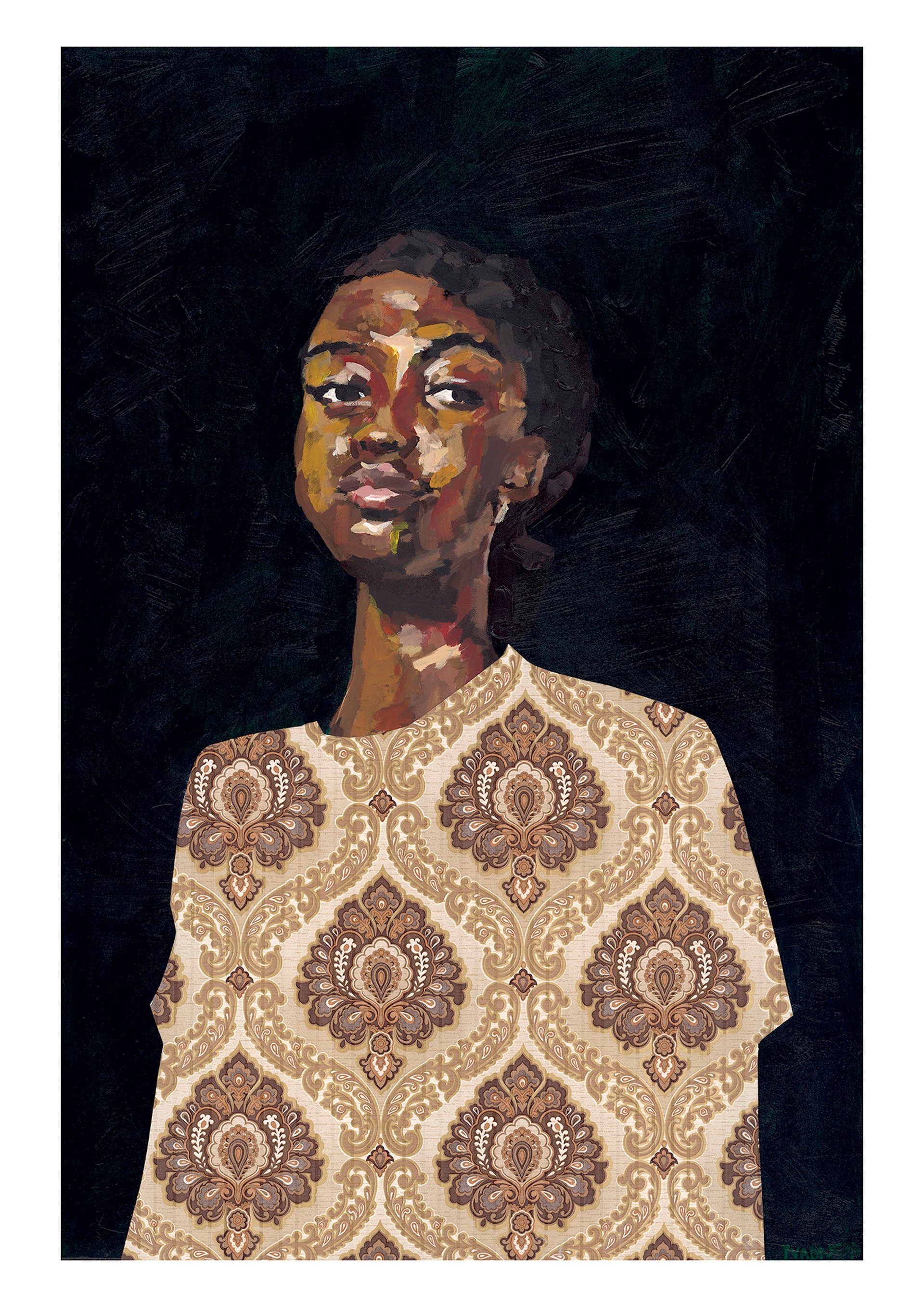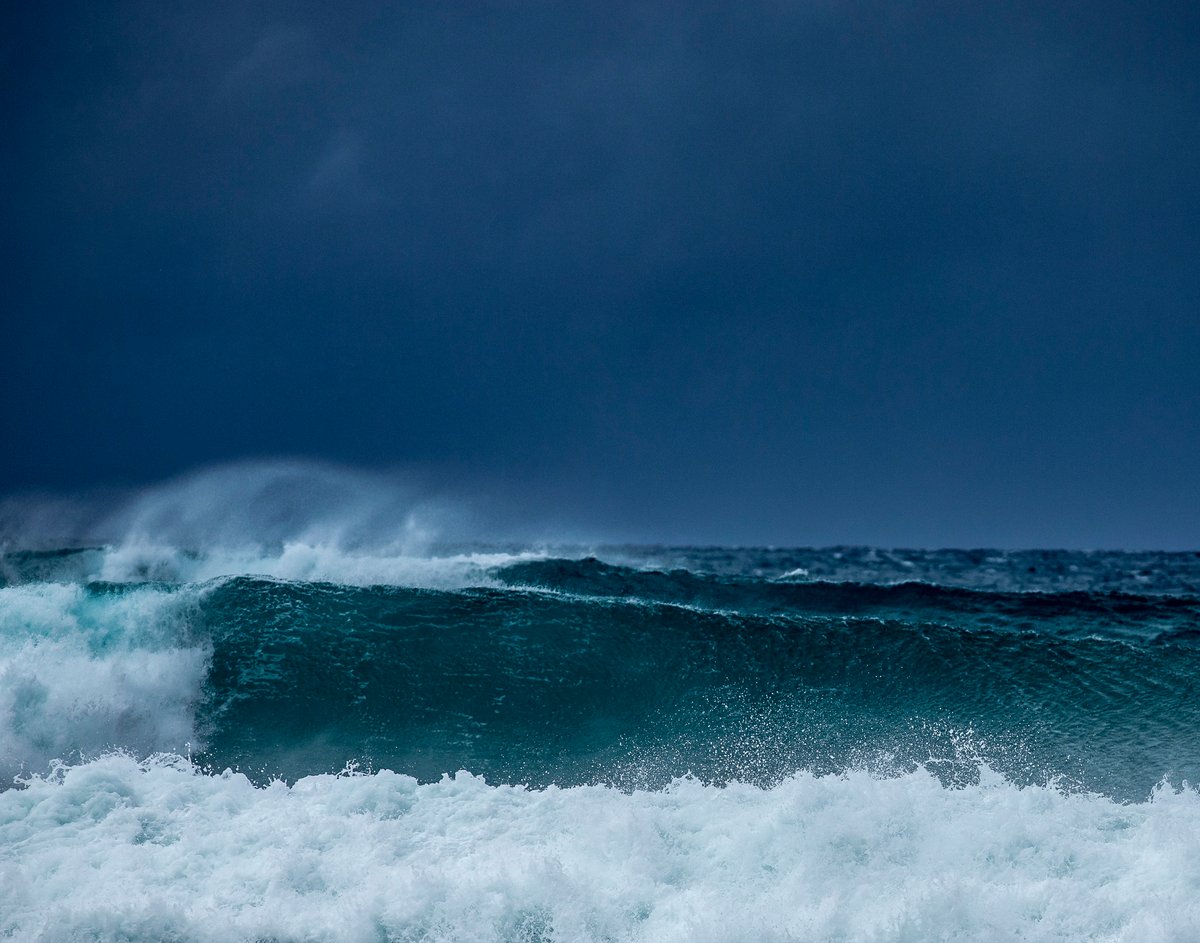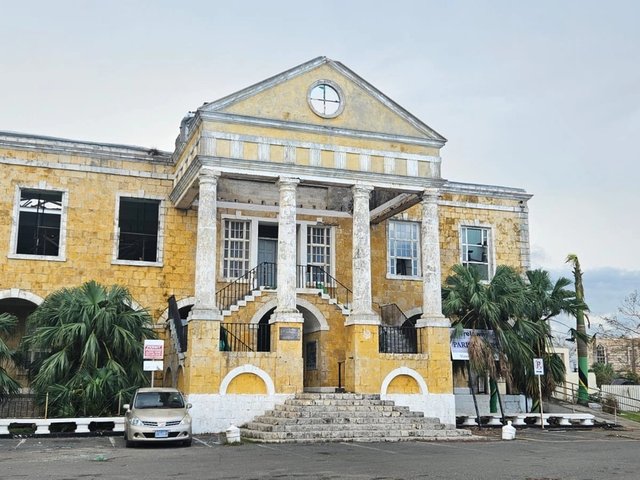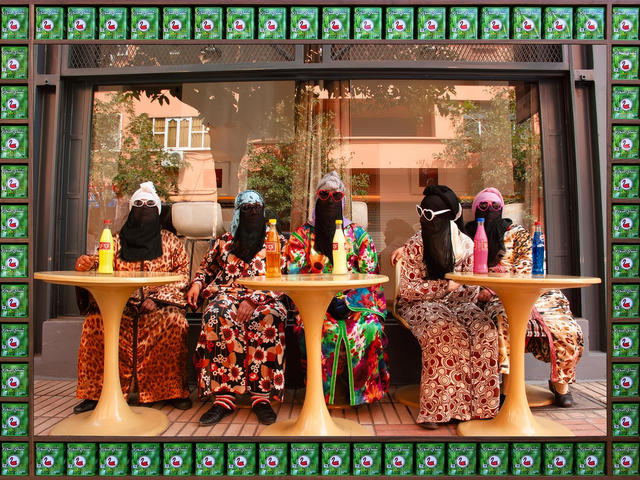One month after Hurricane Melissa struck the Caribbean, causing an estimated $48bn-$52bn in damage and more than 100 deaths, artists and art organisations both within the region and abroad continue to mobilise in support of ongoing relief efforts. The hurricane made landfall in Jamaica with record-breaking intensity, causing more than $9bn in destruction on the island as buildings flooded and collapsed, including a significant number of colonial-era heritage sites. Communities across the island remain without basic services in the aftermath of the storm.
The National Gallery of Jamaica in Kingston, which had previously shared a guide for artists on how to secure their work in case of hurricanes or tropical storms, was one of several museums on the island to close ahead of the storm. Earlier this month, it launched a donation drive through its western branch, the National Gallery West, to aid people in Western Jamaica, one of the hardest hit regions. Volunteers are helping coordinate the distribution of emergency supplies, working alongside humanitarian groups.
The New York-based non-profit organisation Forgotten Lands, an artist-led platform focused on Caribbean arts, has been at the forefront of relief efforts since Hurricanes Maria and Irma in 2017. The organisation was conceived as a benefit exhibition, later becoming a project encompassing fundraising initiatives and a publication on Caribbean artists that recently launched its seventh volume.
“We thought no one would show up to that first exhibition but everyone did, and we actually sold around $10,000 worth of art,” says Cory Torres Bishop, a co-founder of the platform, who has a Puerto Rican and Crucian background. “After we did the first zine, we thought this was a good way to continue bringing awareness. People don’t realise that, once it’s out of the news, people are still struggling.”
This time around, the organisation has made around $3,000 of its $5,000 fundraising goal and will continue to explore avenues to raise funds for the Caribbean. It is working closely with artists from the region to determine which areas are in need of significant assistance, prioritising not only material aid but also programmes to support cultural organisations and the preservation of heritage sites in affected communities.
Several artists have launched grassroots campaigns to raise relief funds, including the Brooklyn-based, Jamaican American artist and filmmaker Ania Freer, who has previously made compelling works in the region like River Maid (2019)—a photobook conceptually exploring the River Mumma, a mythological spirit said to inhabit the rivers of Westmoreland, which was severely damaged during the hurricane. She has launched a fundraiser to distribute funds to eight artists and business owners in Jamaica who need assistance with rebuilding and medical expenses, realising more than $6,500 of her $10,000 goal as of this writing.

Yvadney Davis's Mine (2021) is part of the Lemon Seed Project fundraising sale © Yvadney Davis
The Lemon Seed Project, a London-based collective founded by the curator and designer Natasha Landers Price, has launched a fundraiser featuring works by around ten artists, some with close personal or cultural ties to the Caribbean. The works on sale range from $40 to $4,000, proceeds benefit Project Hope, a global health and humanitarian organisation providing medical aid and long-term recovery support across the region.
“The generosity from both artists and collectors has been incredible,” a spokesperson for Lemon Seed Project says. “People want to help, and art has become the bridge between those who can give and the communities who urgently need support. Our role is to simply connect those worlds and make sure the funds get where they are needed most.”
The artist-run initiative Prints for Jamaica has raised more than $25,000 for relief efforts, offering prints by artists and photographers benefitting the American Friends of Jamaica, which focuses on strengthening local charities across the island, and Waves For Water, an emergency clean-water mission to restore access in the hardest-hit areas.
The print sale was conceived on the heels of the disaster, “as Hurricane Melissa was idling south of Kingston, ultimately driving through the southwestern coast to the middle north of the island, and crossing the most vulnerable part of this island, leaving an unfathomable amount of destruction”, a spokesperson says.
The Jamaican government has allocated approximately $2.6m in constituency relief funds and has launched a donation drive for on-the-ground relief efforts. In addition, Jamaica’s tourism ministry has launched a $1bn fund, including $600m in federal funds and $400m in private contributions, to help workers in the tourism sector, which makes up more than 30% of the country’s GDP.
Earlier this month, Unesco announced it had partnered with the United Nations to assess the damage to 142 cultural sites in Jamaica, confirming damage to six sites, and has so far committed $300,000 in support. Other international partners are exploring long-term repair and recovery programmes. The US has given an initial $37m; the European Union has given $25m to benefit Jamaica, Cuba and Haiti; Canada has given over $11m; and the UK has donated around $10m.






